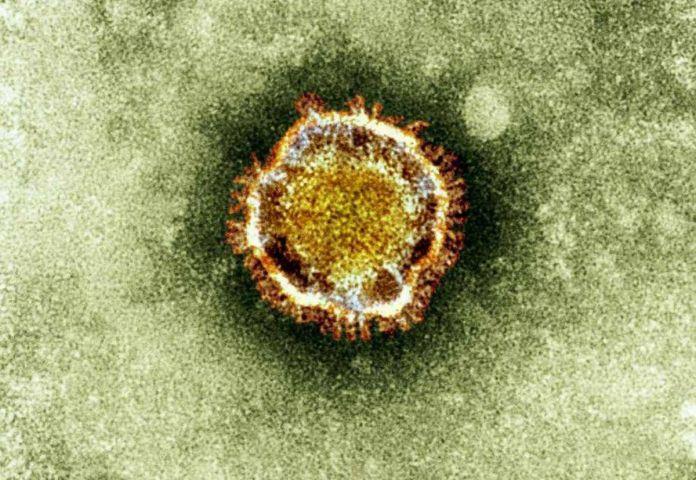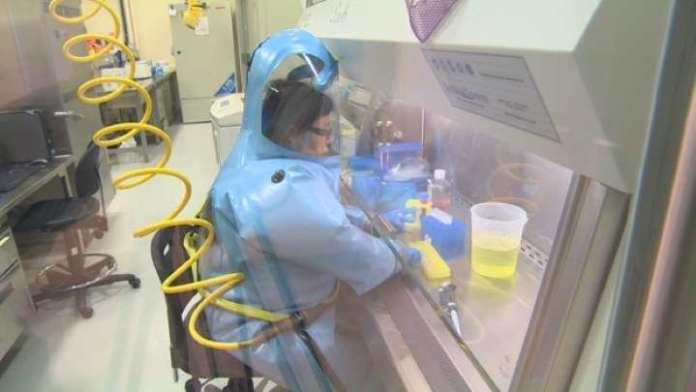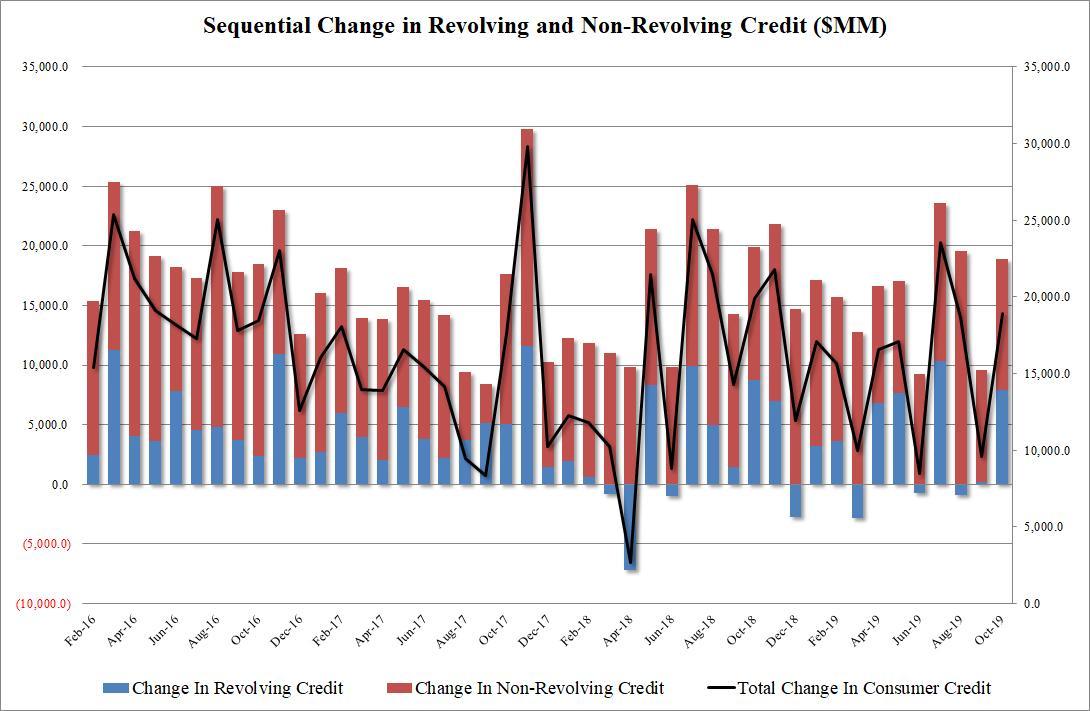“This committee is not a court, nor is it a jury,” Sen. Howard Baker (R–Tenn.) informed millions of television viewers on May 17, 1973.
It was opening day of the Senate Select Committee on Presidential Campaign Activities (the latter three words of which would soon be condensed to just “Watergate”), and Baker, the ranking committee member from President Richard Nixon’s Republican Party, was there both to reassure Americans about the sobriety of the investigation and to suggest that the exercise of bipartisan congressional oversight might even reinvigorate the country’s political and constitutional norms.
“I intend to pursue, as I know each member of this committee intends to pursue, an objective and even-handed but thorough, complete, and energetic inquiry into the facts,” Baker declared. “The very fact that we are now involved in the public process of cleaning our own house, before the eyes of the world, is a mark of the greatest strength….Watergate may prove to be a great national opportunity to revitalize the political process.”
What a different planet that political process is 46 years later. Baker’s contemporary analog in the impeachment inquiry into President Donald Trump—ranking House Intelligence Committee Republican Rep. Devin Nunes (R–Calif.)—marked the November 13 inauguration of those hearings not in the high-minded language of objectivity but the insult-comic vocabulary of the investigation’s target: “In a July open hearing of this committee following publication of the Mueller Report, the Democrats engaged in a last-ditch effort to convince the American people that President Trump is a Russian agent,” Nunes began. “That hearing was the pitiful finale of a three-year-long operation by the Democrats, the corrupt media, and partisan bureaucrats to overturn the results of the 2016 presidential election. After the spectacular implosion of their Russia hoax on July 24, in which they spent years denouncing any Republican who ever shook hands with a Russian, on July 25, they turned on a dime and now claimed the real malfeasance is Republicans dealing with Ukraine.”
Italics throughout this article are mine, to emphasize a growing trend as the 45th president nears the end of his first term: Four years after he engineered an occasionally hostile takeover of the GOP, Trump is finding his once-atypical words on the lips of more and more elected Republicans.
“Speaker Nancy Pelosi is trying to impeach him,” an incredulous Sen. John Kennedy (R–La.) shouted to a chorus of boos at a “Keep America Great” rally for Louisiana gubernatorial candidate Eddie Rispone on November 6, Trump grinning right behind him. “I don’t mean any disrespect, but it must suck to be that dumb!” (Rispone 10 days later lost to Democratic incumbent Gov. John Bel Edwards by nearly three percentage points.)
At another Trump-headlined rally three days prior to Kennedy’s outburst, this time in support of then–Kentucky Gov. Matt Bevin (who would also go on to lose), one Republican speaker began his remarks by saying, “President Trump has great courage. He faces down the fake media every day. But Congress needs to step up and have equal courage to defend the president.”
That elected official—to the dismay, if not quite the surprise, of many libertarians—was Sen. Rand Paul (R–Ky.). Paul, who has been a leading constitutional conservative in the Senate since his arrival on Capitol Hill in 2011, did not during his own first term exert nearly as much energy exhorting the legislative branch to defend the executive. Of course, back then the White House was run by a Democrat, one who was much less likely than Trump to invite Paul for a round of golf or a confab on foreign policy.
Elected libertarian-leaners have produced a variety of reactions to the president’s erratic and ideology-bending ways. Paul’s longtime ally Rep. Justin Amash (I–Mich.) left the GOP on July 4, shortly after concluding that the House should launch impeachment proceedings against Trump. Amash’s good friend Rep. Thomas Massie (R–Ky.), on the other hand, calls impeachment a “witch hunt” and blames it on “Trump Derangement Syndrome.”
Paul’s mimicry of the man who repeatedly called him “truly weird” in 2015–16 is probably the price of staying in those Mar-a-Lago golf foursomes with the likes of uber-hawk Sen. Lindsey Graham (R–S.C.), and I for one am glad that he has the president’s ear. Graham, meanwhile, has engineered a vocabulary overhaul of his own: The man who once characterized Trump as a “race-baiting xenophobic religious bigot” and “the world’s biggest jackass” can now be relied upon to double down on even the president’s most incendiary language, such as when Trump called impeachment a “lynching” in October. “This is a lynching, in every sense,” Graham said. “This is un-American.”
Politicians respond to incentives as well as to their own sense of how best to create the policy changes they seek. So it’s not surprising to see ideologically disparate Republican senators from Republican-voting states defending an embattled president who is persistently popular among Republicans.
But there are two major pitfalls to that approach. The first and least interesting is what happened to Matt Bevin and Eddie Rispone, and before them to such red-state candidates as Kansas gubernatorial nominee Kris Kobach and South Carolina House candidate (and Mark Sanford slayer) Katie Arrington: After going all-in on Trumpism, each lost elections in formerly safe political spaces.
Such losses are not uncommon during a president’s first term, including Barack Obama’s. What is rare is the extent to which Trump’s iconoclastic style, let alone his substance, has taken over his host party. The president’s style of insult comedy used to be uncommon in mainstream U.S. politics. Today, Republicans are trying out the same zingers, mocking the same out-groups, and echoing the same counterarguments, no matter how slippery or far-fetched.
Therein lies a real danger of corruption, first of word and thought, later of deeds. When Trump backers peddled the constitutionally illiterate notion that the Sixth Amendment right to face one’s accuser during a criminal trial meant that the president should be able to confront a government whistleblower during the inquiry portion of the impeachment hearings, Paul went all in, drawing bipartisan jeers from libertarian and anti-libertarian legal analysts alike. “As a constitutional lawyer,” wrote the generally Trump-friendly Andy McCarthy at National Review, “Rand Paul makes a good medical doctor.”
Trump’s jokes are frequently funny, but they often depend on collective negative generalizations and logic that wouldn’t pass muster in a middle school debate class. By copying his language, interesting thinkers run the risk of dumbing themselves and America down.
from Latest – Reason.com https://ift.tt/37vG53x
via IFTTT
















